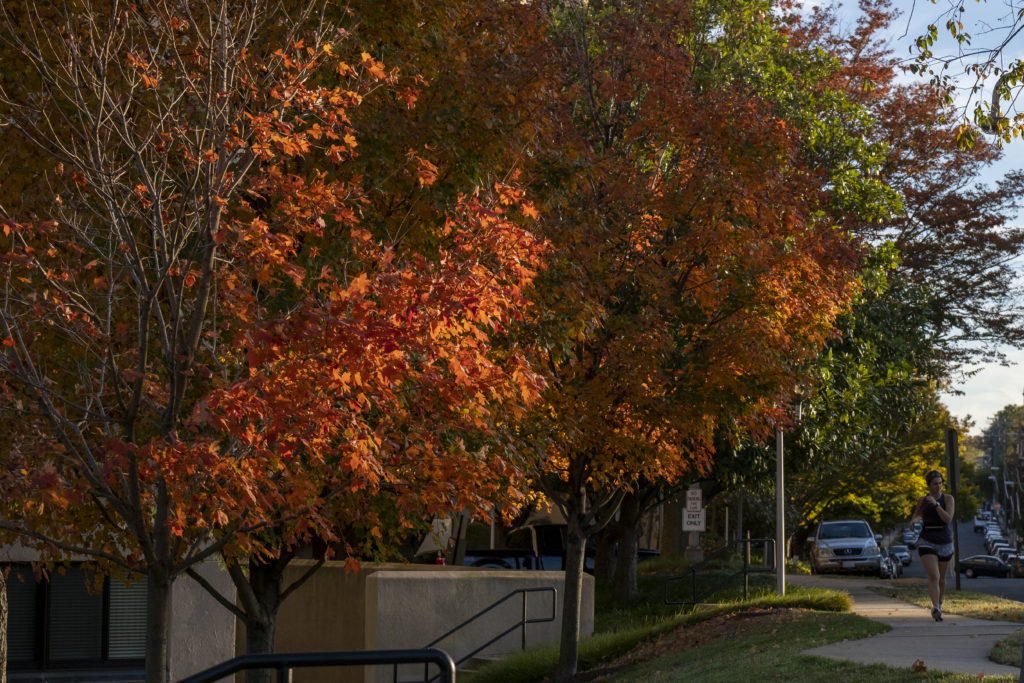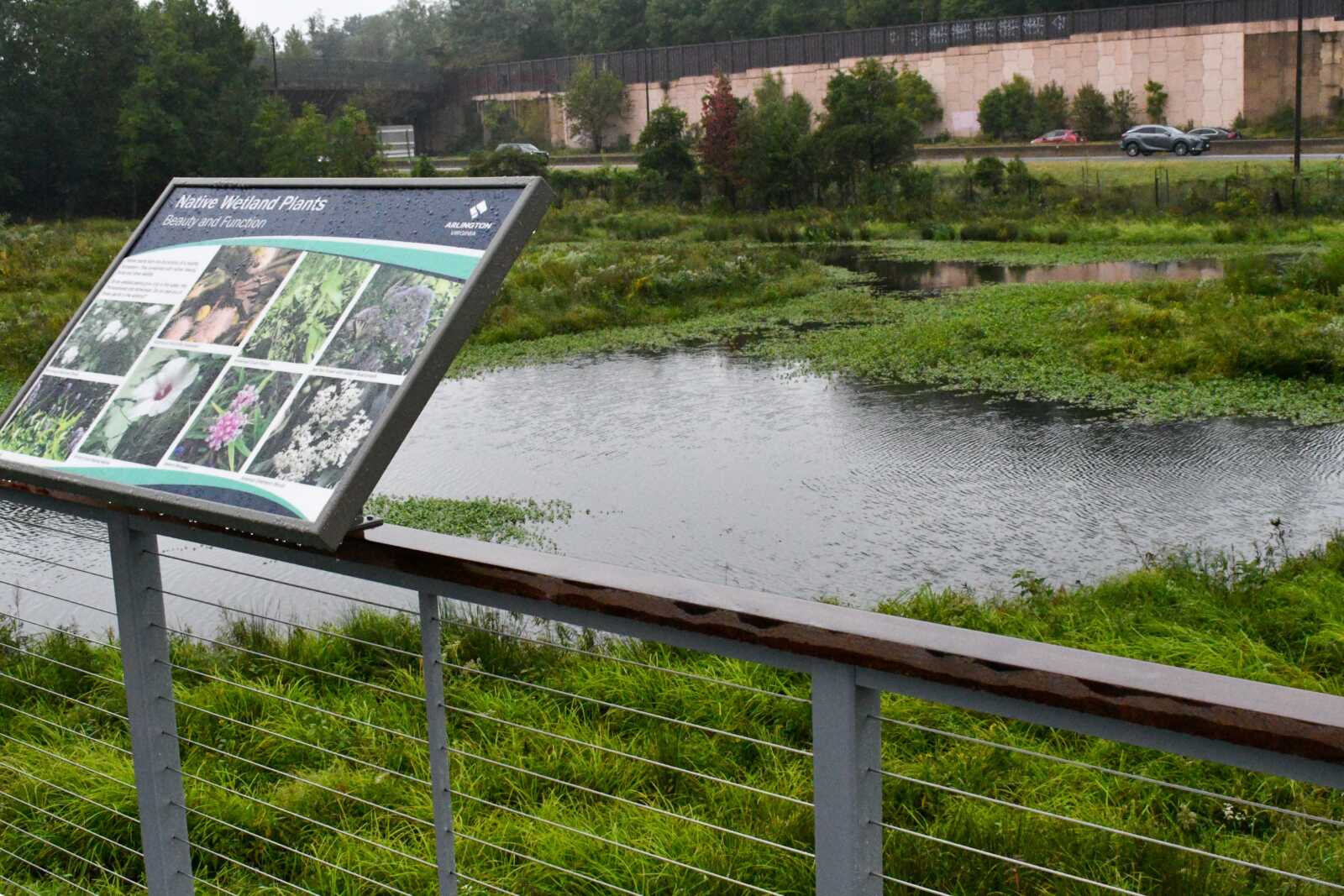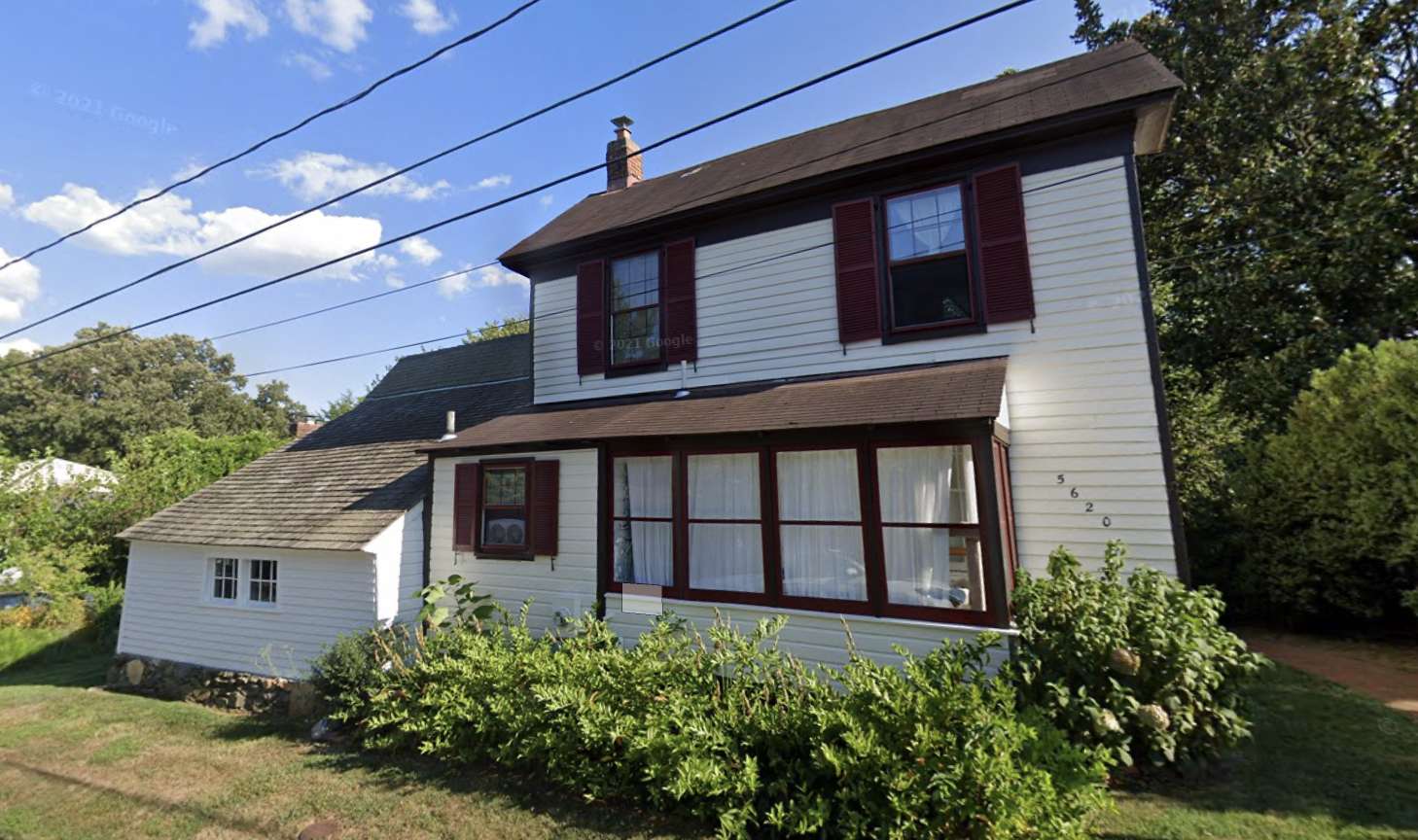Two significant county plans — one governing stewardship of trees and natural resources and the other historic preservation — are reaching the finish line.
On Saturday, the Arlington County Board set hearings for both plans. Members will vote on adopting the plans at the hearings.
First up will be the Historic and Cultural Resources Plan, set for a Planning Commission hearing on Monday, Oct. 30 and a County Board hearing on Saturday, Nov. 11. The hearings on the plan were approved without further discussion at the start of the meeting over the weekend.
“This is an element of our comprehensive plan but we haven’t updated it since 2006,” Board Chair Christian Dorsey said. “We have been engaged in a multi-year planning process that has resulted in five recommended focus areas: community engagements… incentives, partnerships, regulations, technology, information and tools. This will provide a framework for us to advance the mission and the effectiveness of the county’s Historic Preservation program.”
Next up will be a Planning Commission hearing on Dec. 4, followed by a County Board hearing on Dec. 16, when the Board will consider the new Forestry and Natural Resources Plan.
It “emphasizes equity, a community-wide approach based on education and volunteerism and a focus on reconnecting nature to daily life,” says Dept. of Parks and Recreation Principal Planner Ryan Delaney.
For the first time, he said, Arlington will have a document that views all natural resources “as an interconnected system that covers not only public natural areas and parks but the built environment and private property as well.”
The plan updates and replaces a 2004 plan for urban forests and a 2010 natural resources management plan. It makes several notable recommendations, including the following goals to:
- reestablish and maintain at least 40% tree canopy
- ensure 70% of trees are regionally native by 2034
- direct resources to neighborhoods underserved by tree canopy
- move from “reactive” to “proactive” maintenance
- enhance development standards to retain or replace more trees, natural vegetation, permeable surfaces and biophilic elements
The county studied current practices, innovative programs and lessons learned by Fairfax, Albemarle and Prince William counties in Virginia, Montgomery County in Maryland, and Seattle and Richmond, among others, Delaney said.
There is general support for the plan, the DPR planner continued, noting lingering concerns from some about whether the plan treats climate change and tree canopy decline with enough urgency.
Arlington Tree Action Group representative Mary Glass is one such critic. She was the last forestry plan speaker standing after four others did not outlast the lengthy Plan Langston Blvd discussion.
She says the county could “restore trust” with the community if it used newer data on tree canopy levels and adopted more aggressive tree canopy policies.
Glass says the forthcoming plan references a 2016 assessment that found tree canopy levels were at 40%, when a citizen-commissioned study from this year, using 2021 data, found the rate is lower, at 33%, and the situation more dire.
“The important takeaway is, based on these new numbers, which are very accurate, between 2008 and 2021, we lost nearly a quarter of our tree canopy,” Glass said. “It’s a bigger problem than how it may appear reading the plan.”
Caroline Haynes, a member of the Arlington County Forestry and Natural Resources Commission, said people can argue for more tweaks but a plan has to be adopted sometime soon.
“We’ve spent a lot of time developing these policy guidelines and we can always quibble about is it perfect or not but it’s time… we all feel it’s really urgent to get on with this and we really want to move forward on getting toward implementation,” she said.
Park and Recreation Commission Vice-Chair Jill Barker called the plan a “major undertaking” with which the commission is generally pleased.
“The funding, however, is going to be a challenge,” she said. “The needs will be high and persuading tree planting on private property is labor intensive and thousands have to be planted to close the equity gap.”
She repeated calls from a trio of commissions last year to ensure the plan discusses opportunities to update site plan conditions, requiring of developers a higher baseline for environmentally conscious buildings.
All three, for instance, want to see higher developer contributions per tree cut down as well as more detailed guidelines for biophilic designs, which blend nature and the built environment.
Vice-Chair Libby Garvey drilled into when and how these standards will be updated, alluding to plans to discuss these in more detail in December.
Specifically, she asked if the updates would heighten standards for bird-friendly glass, in light of the one thousand migrating birds that died after hitting a Chicago building last week. Bird-friendly glass is not currently a requirement and it can be expensive for developers.
Delaney highlighted a few areas where the plan recommends improvements to the development review process. This work, however, involves staff across departments, who have to balance these and other updates to the review process.
She also requested an update on the concurrent deer management effort, which is now referenced in the latest draft, at the urging of several residents and now that more work has been completed.





